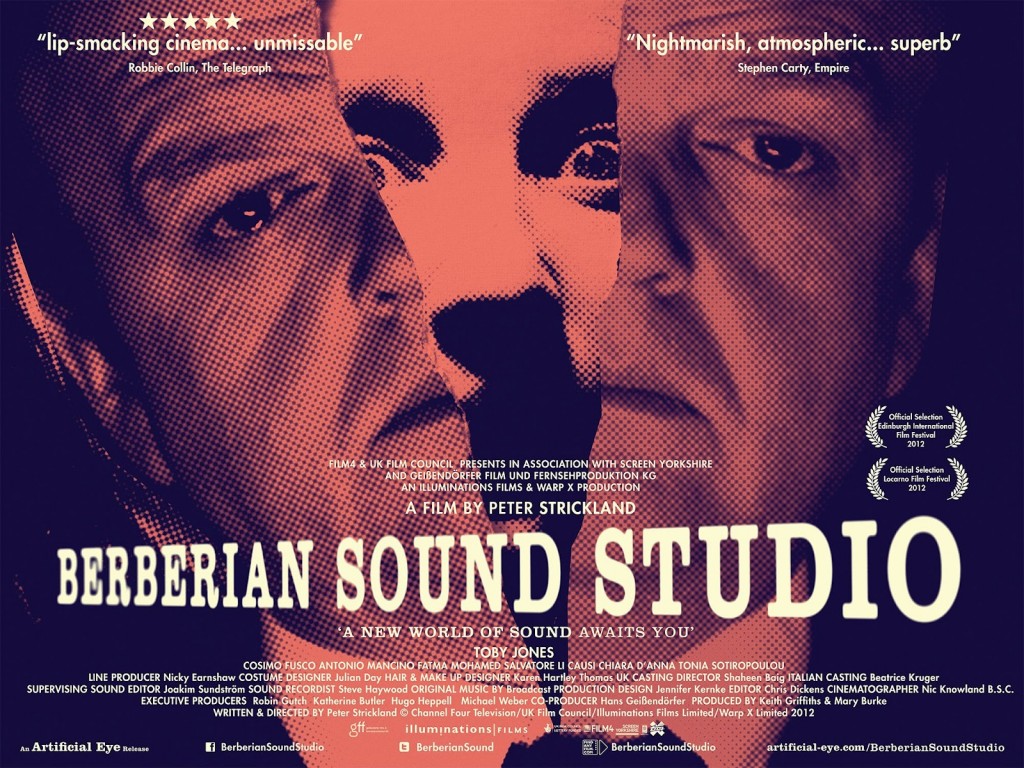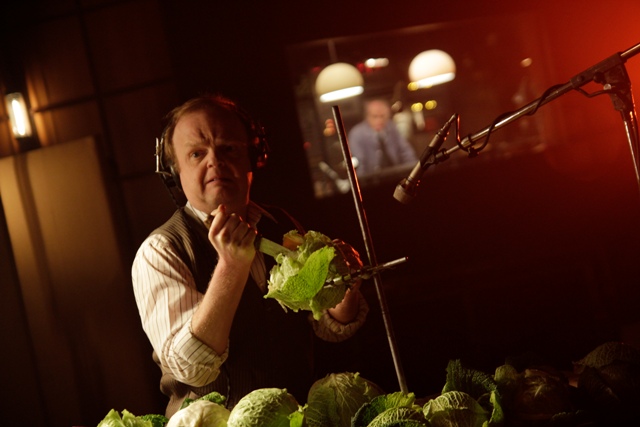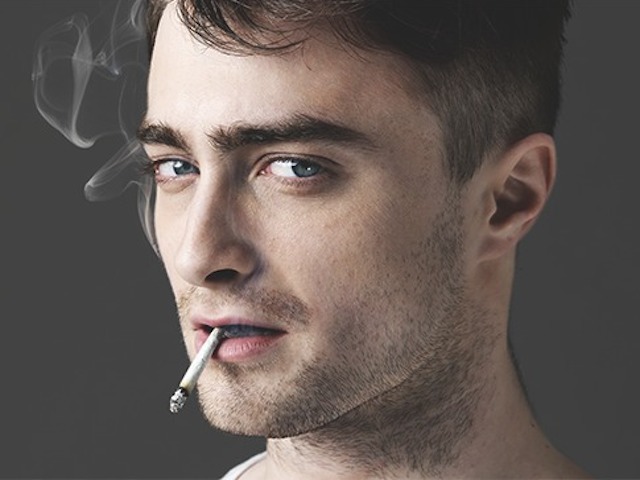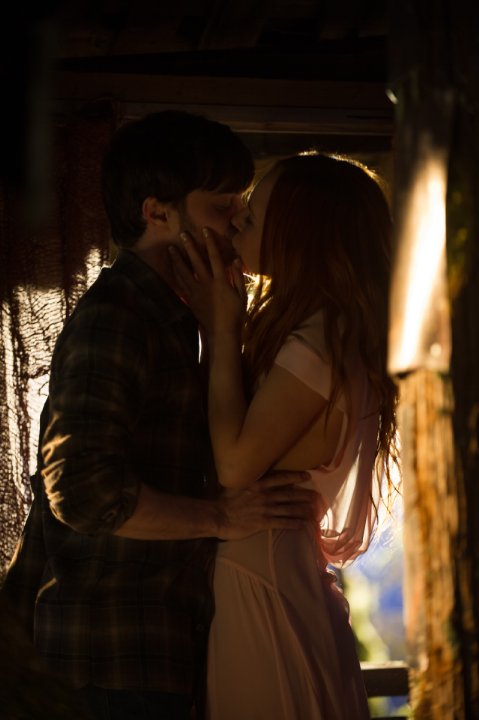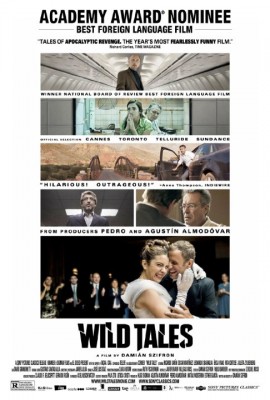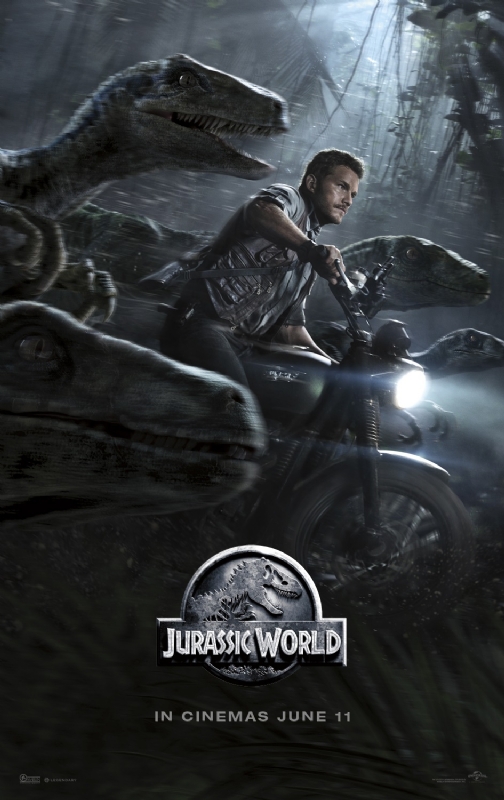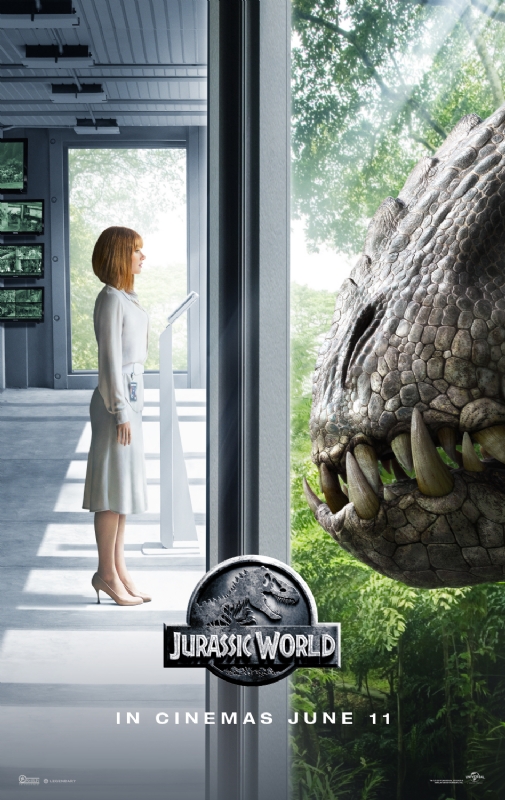Our guest blogger is hobbyist film and TV series reviewer and writer Harry Casey-Woodward
Last week saw the passing of one of the coolest directors in cinematic horror, Wes Craven… He deserves to be called king of the slashers, for he kick-started two classic franchises of the genre (A Nightmare on Elm Street and Scream). However as crude as the slashers were, Craven’s films were always smart, imaginative and underpinned with great plot and occasional literary references. They were also quite scary. I admit I haven’t seen every Wes Craven film (including Last House on the Left, which I’m still kicking myself for) but I have arranged the handful I have seen in order of the best, according to my opinion of course. All aboard the Wes Craven ghost train…
5. Scream (1996)
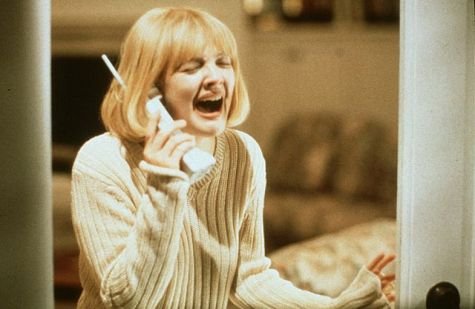
It’s a shame that this was the film that inspired the Scary Movie franchise and the legions of unfunny film spoofs that followed. The original Scream movie was better, in that it worked the same way that its signature ghoulish killer did (you know, the one who dressed like he was trick or treating). Both were tongue in cheek and poked fun at the horror genre, yet still managed to efficiently scare and slaughter the other characters, no better than in the darkly funny but terrifying opening scene starring Drew Barrymore. In other words, Craven succeeded in paying tribute to classic slashers while being slyly aware of their clichés. At the same time he delivered an intense, gruesome chiller that was also funny and entertaining, thus creating a perfect recipe for a horror hit. The sequel Scream 2 , also by Craven, was just as good as the first film in exploring the public’s obsession with horror films. The follow-ups got a bit silly.
4. Wes Craven’s New Nightmare (1994)
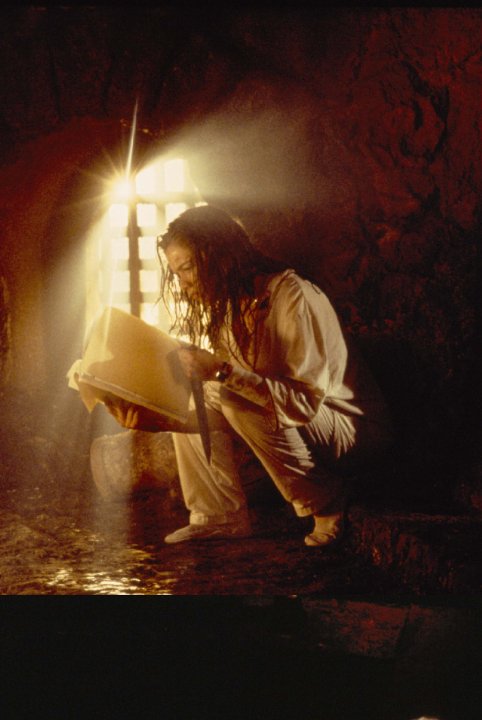
Craven did another twist on the genre in the final addition of his other popular series (unless you count the heathen 2010 remake ). Despite his iconic creation Freddy Kruger getting ‘killed’ in the sixth Nightmare on Elm Street film , Wes couldn’t resist directing a follow-up, the only Nightmare sequel he directed. While Freddy may have died on film, he returns with a vengeance to the real world; a world so real that actress Heather Langenkamp (aka Nancy from the first film) plays herself, as does Wes and Robert Englund (who plays himself and Freddy if you can get your head around that). Then try and get your head around the fact that this is a Nightmare on Elm Street movie about a new Nightmare on Elm Street movie being made, and Langenkamp realising that the character of Freddy is creeping into her reality and threatening her life, sanity and family. The best thing about this movie is that it’s possibly the scariest Nightmare, since Wes stripped Freddy of the wisecracks and clownishness popularised in the previous sequels and left him as he is: a psychotic kidnapper. This movie not only stepped the game up from the previous sequels, but was a comment on audience’s obsession with Wes’ films and his nightmarish figure of Freddy.
3. A Nightmare on Elm Street (1984)
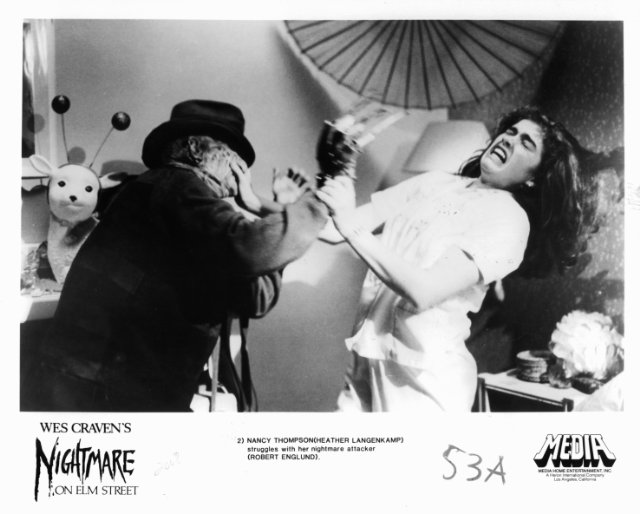
You can’t beat the original. One of those great cinematic success stories where a film starts with a budget of just over a million dollars (small in the eighties) and becomes an unstoppable franchise, cementing itself in the horror hall of fame. Starting off with a great premise (a killer returned from the dead to slaughter teenagers in their dreams), this classic is also great for its weirdness and imagination. Take the iconic villain Freddy Kruger for instance: a Dennis-the-Menace sweater, a trilby, a mutilated face and a glove with knives for fingers. You can’t even imagine how they put all that together, yet lucky they did for Freddy’s image proved very marketable in toy shops.
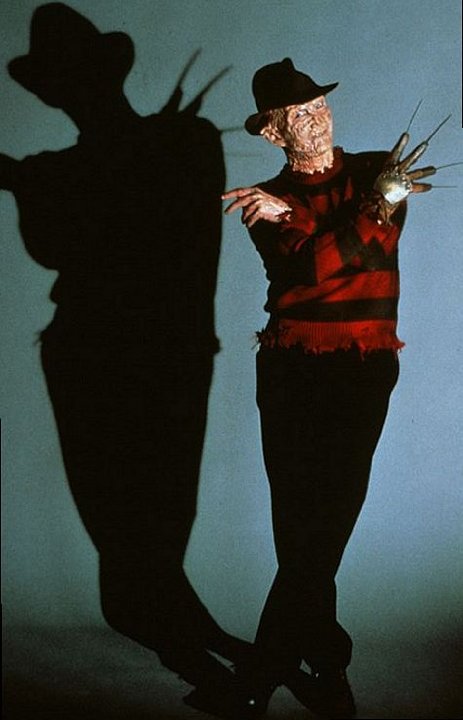
The other great thing, regarding the low budget, is the variety of stunts and special effects created for when the characters enter Freddy’s dream world: stairs become quicksand; phones lick you and beds vomit blood. I guess what makes this a horror classic is its blend of crassness (the bloody massacre of sex-addicted teenagers) and sophistication (dreams, a Gothic trickster and Shakespearean references). And while the soundtrack is heavy with synth and the hairstyles are big, this still remains a thrilling, gruesome and effective horror. By the end you’re no longer sure of the difference between dream and reality. Watch out for a baby-faced Johnny Depp too.
2. The Hill Have Eyes (1977)
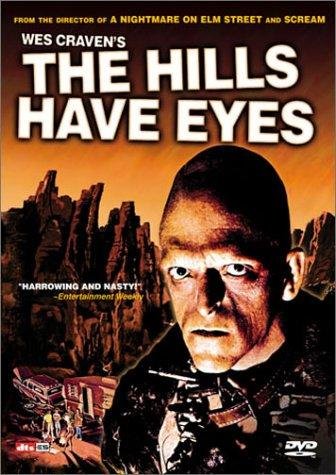
Craven’s second feature after his controversy-baiting debut Last House on the Left and released the year punk broke, The Hills Have Eyes deserves its place as a horror classic for its sheer brutality. It’s a nasty, gritty piece of work in the same manner of Texas Chainsaw Massacre and fits right in with the decency-assaulting home-invasion shockers of the 70s (see Straw Dogs and I Spit on your Grave). Once again Craven blends sophistication with exploitation.
The plot has something for psychologists, sociologists and violence addicts alike. It’s essentially a merciless battle between two families. On one side you have a typical decent white American family. On the other, a clan of cannibalistic savages who live out in a patch of American desert previously used for testing nuclear weapons; which the other family happen to be driving through. The movie succeeds in building up suspense in the first half, with lots of howling wind and spooky desert shots, and once the violence starts it never lets up. The audience is assaulted with constant noisy savagery as the civilised family find themselves in a bestial fight for their lives. The 2006 remake offered the same with some pointless back story. Watch the original for a ferocious vision of the American dream.
1. The People Under the Stairs (1991)
Possibly Craven’s most underrated masterpiece and one of the most underrated of all horrors. I consider this his best work, for he concentrates most on the story and characters over the violence, which pays off. I cared more about the heroes in this film than any of Craven’s others, mainly because they were kids and they weren’t stereotypes of teens or nuclear family members, and the villains are truly detestable. This film could almost be a family adventure if it weren’t for the disturbing content. What makes it genius is its blend of classic and contemporary storylines. It’s almost like a traditional fairy tale: children are lost in a big scary house, outwitting the ogre and witch-like adults. The modern aspect of the story comes from its depiction of the social and economic divide between races in America.

Our hero is a young black kid named Fool (Brandom Adams) who lives in a deprived neighbourhood and agrees to help rob his landlord’s house in the rich white neighbourhood. Unfortunately the landlord and his wife turn out to be a pair of racist, incestuous, cannibalistic fiends, who like to feed undesirables to their clan of deformed, animalistic offspring locked in the basement. When Fool finds himself trapped in this fortified, booby-trapped house from hell, he relies on his wits and the help of some allies among the children (including the brutalised daughter Alice played by A. J. Langer) to escape and get justice. This most original and imaginative of Craven’s efforts (which says a lot) wins for having such a classic enjoyable plot: plucky underdog heroes in a battle of wits against some truly nightmarish villains. Like all of Craven’s films, there’s a lot going on under the horror and it’s still quite frightening. A real exhibit of the talents of a great director.
Images from IMDB
